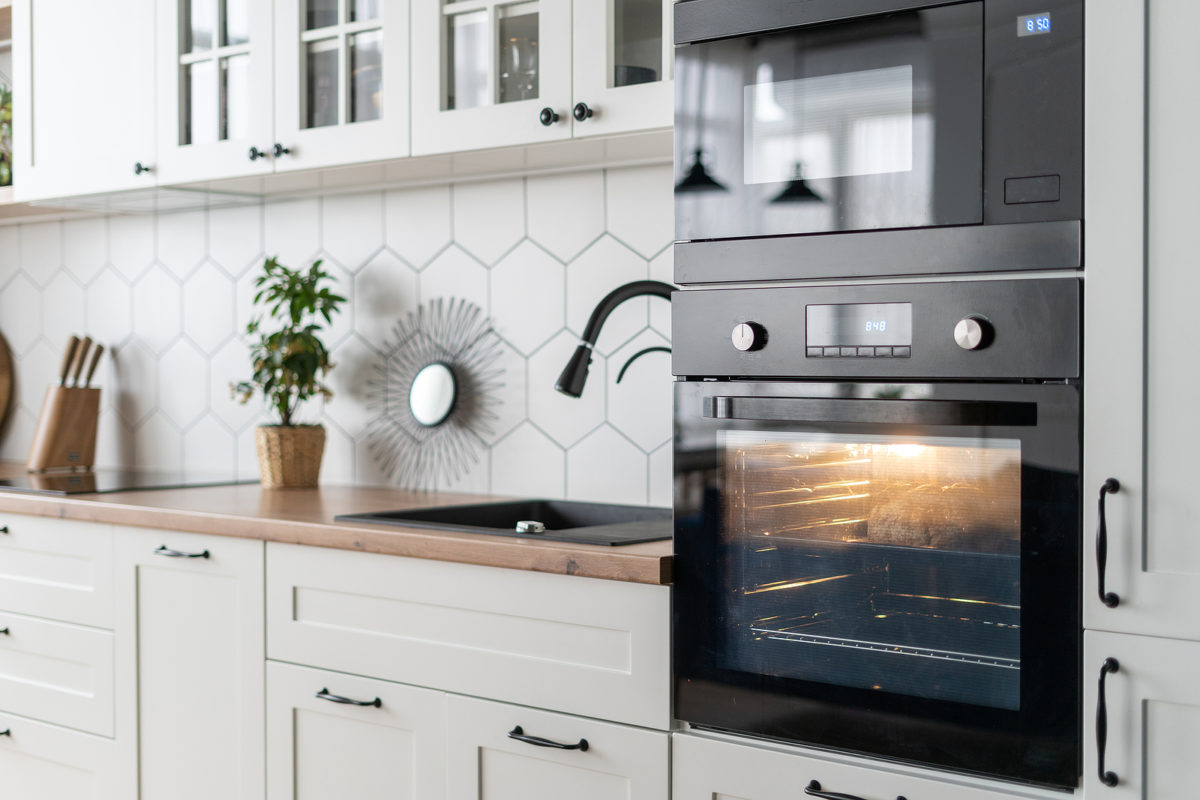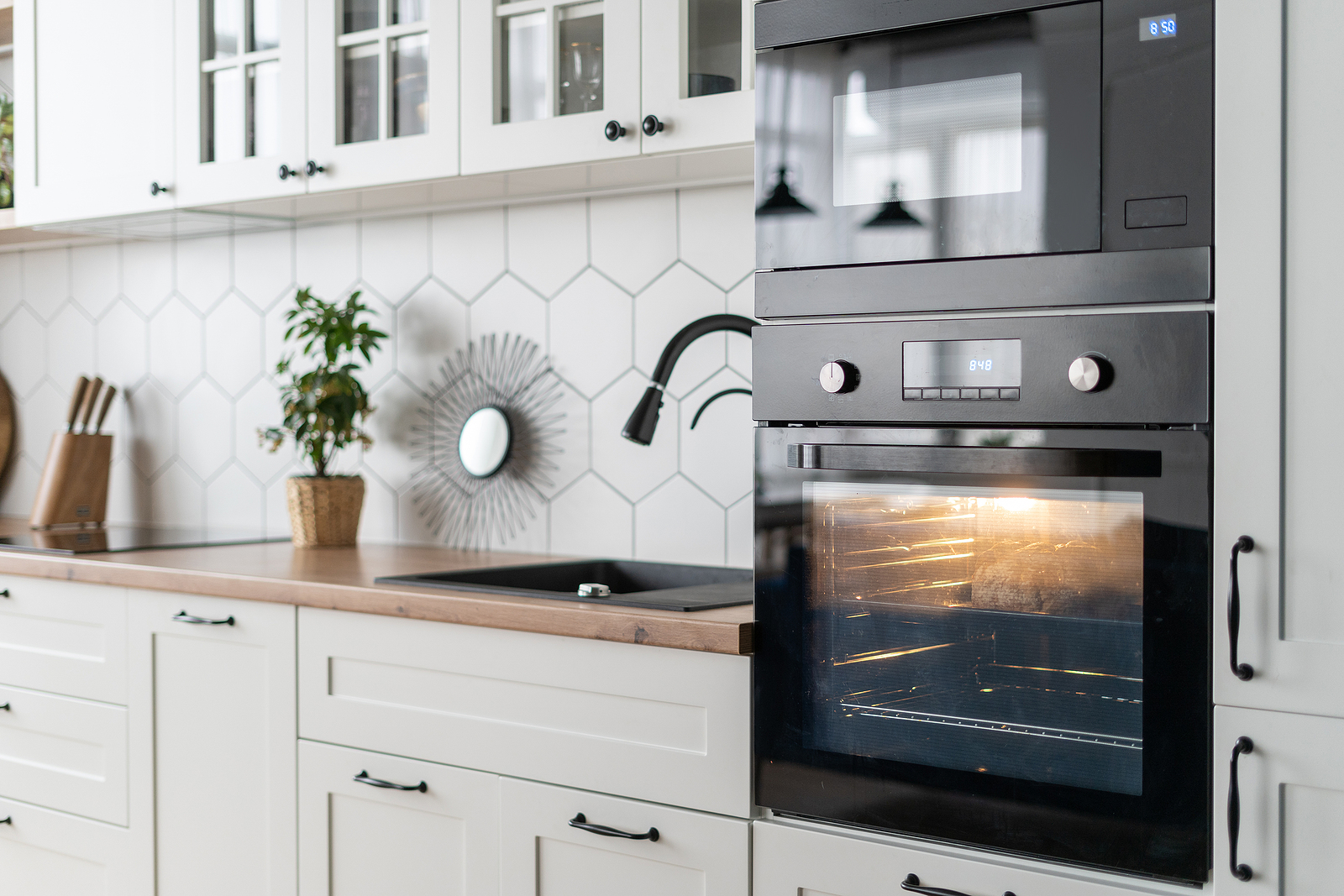No matter how much time you spend looking at houses, buying a home ultimately comes down to deciding which house you really want. You can choose your home in a number of ways, from gut instinct (not generally recommended) to tallying up the pros and cons of an individual home. Here are some factors to consider during the home shopping process.
Mortgage Costs and Financial Considerations
One of the biggest mistakes people make when buying a home is purchasing more house than they can afford. This is easy to do unless you are aware that homeowner’s costs include far more than just the mortgage. Associated monthly costs include:
- Association, neighborhood or condo fees
- Electricity, water and other utilities
- Homeowner’s insurance
- Maintenance and repair costs
- Mortgage insurance
- Mortgage payments
- Property taxes
It’s all too easy to overextend your finances trying to buy the “perfect” home. Be sure you can afford the home you choose. Your dreams shouldn’t exceed your finances.
The Basics: Structure, Design and Location
The structural integrity of the house is extremely important when you choose a home. It may seem beautiful, but if it isn’t well built, home maintenance costs could cripple a new owner’s finances. From the moment you start looking at homes, keep the houses’ structural soundness in mind.
Design and floor plans are also important when choosing a home. A badly designed floor plan greatly detracts from people’s enjoyment of a home. If an odd-shaped room or tiny kitchen drives you to distraction, maybe you should keep looking at homes until you find something that suits you better.
Location is also critical. What are the pros and cons of a home’s location? Possible considerations include:
- Commuting distance
- Future development projects planned for the area
- Local crime
- Local economy
- Neighborhood age and cleanliness
- Neighborhood traffic noise
- Property values
- Proximity to shops, hospitals and schools
- Nearby traffic noise from cars, railways and airports
Evaluating Other Pros and Cons
Once you’ve evaluated a home’s structural quality and other major pros and cons, the final decision often comes down to little details.
Do you like the carpeting, the windows, and the general feel of the home? Is there anything special about this house you haven’t seen elsewhere while looking at homes?
How long can you see yourself living in this house? What would you change about it if you could? Would you be able to afford those changes?
While it’s not advisable to make a gut decision about buying a house before checking major concerns, once you’ve determined a house is well-built and well-located, your final decision may be emotional.
At one level you’re deciding whether or not to buy a house- but you’re also deciding whether or not to make that house your home. And when all the pros and cons of house buying are considered, whether or not a house feels like home is an important consideration.



















